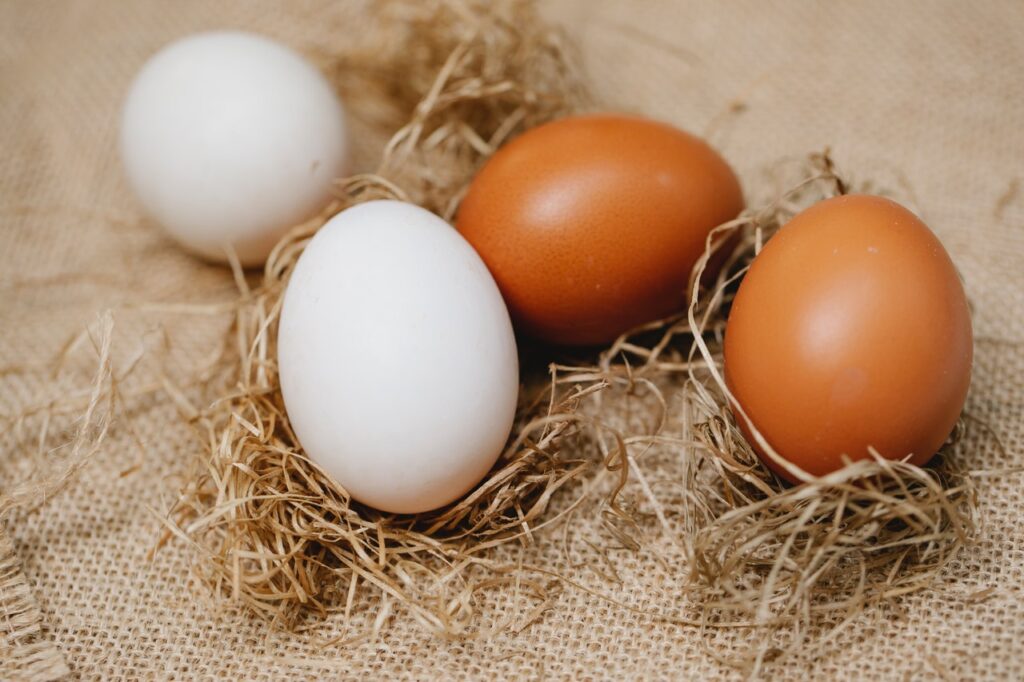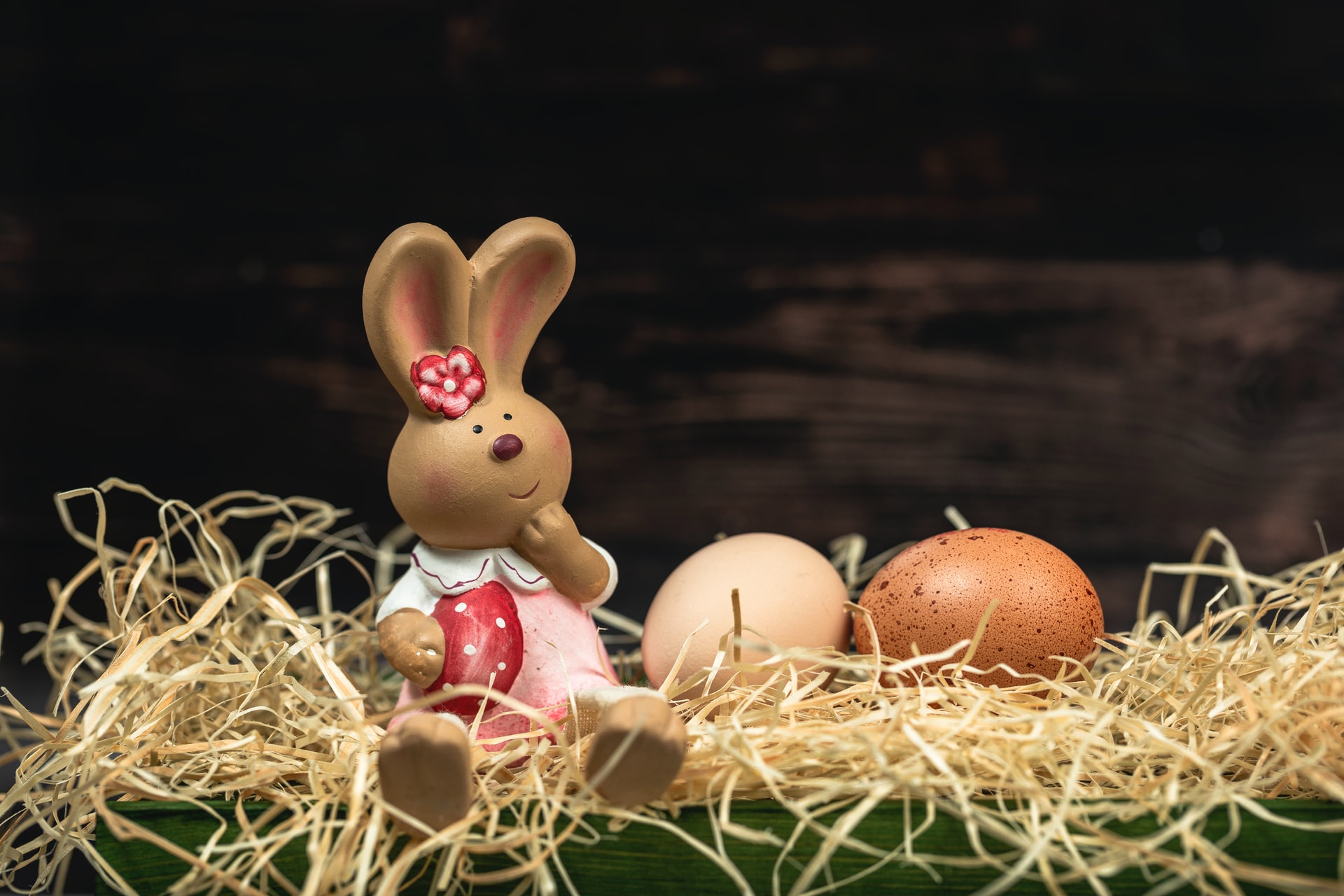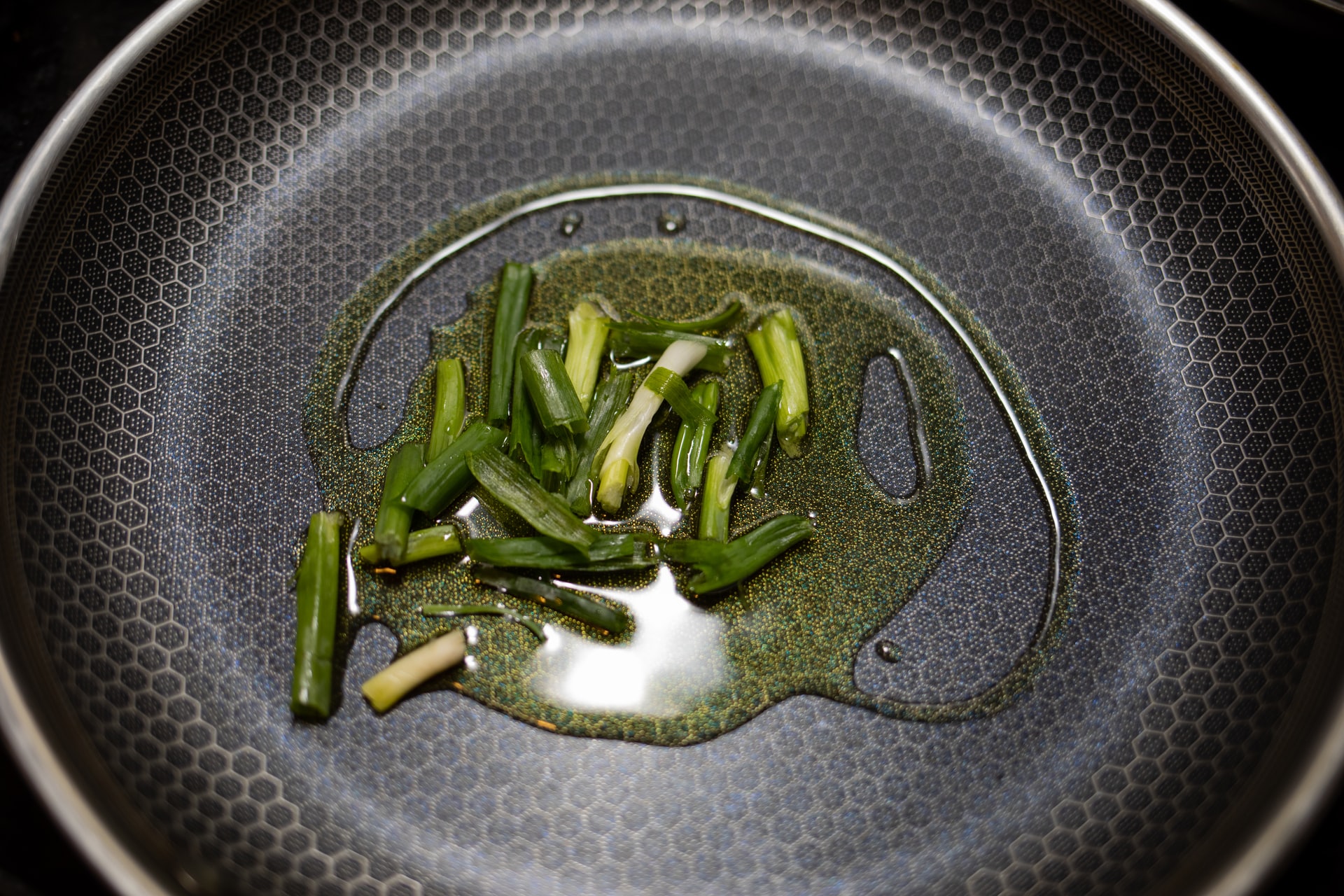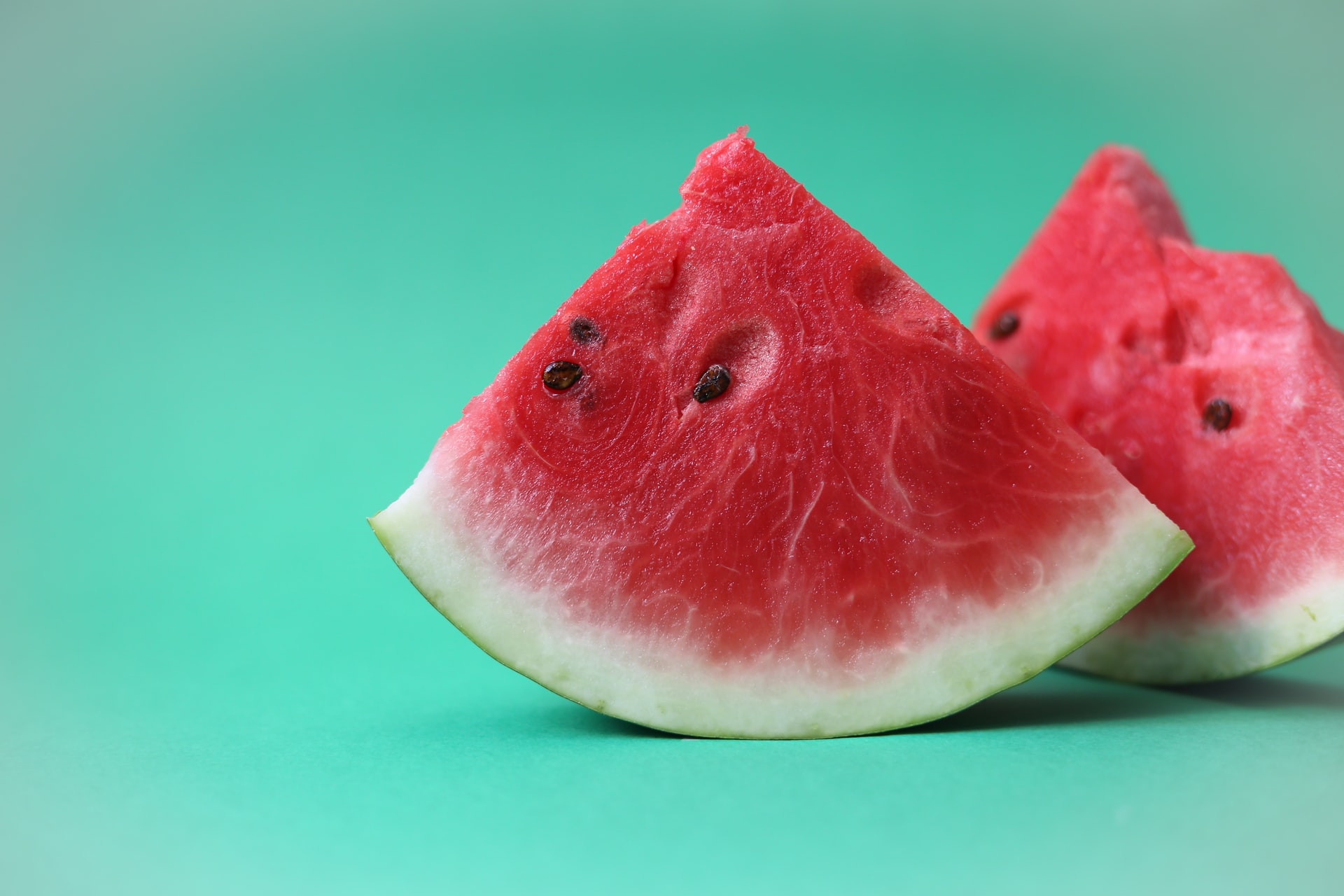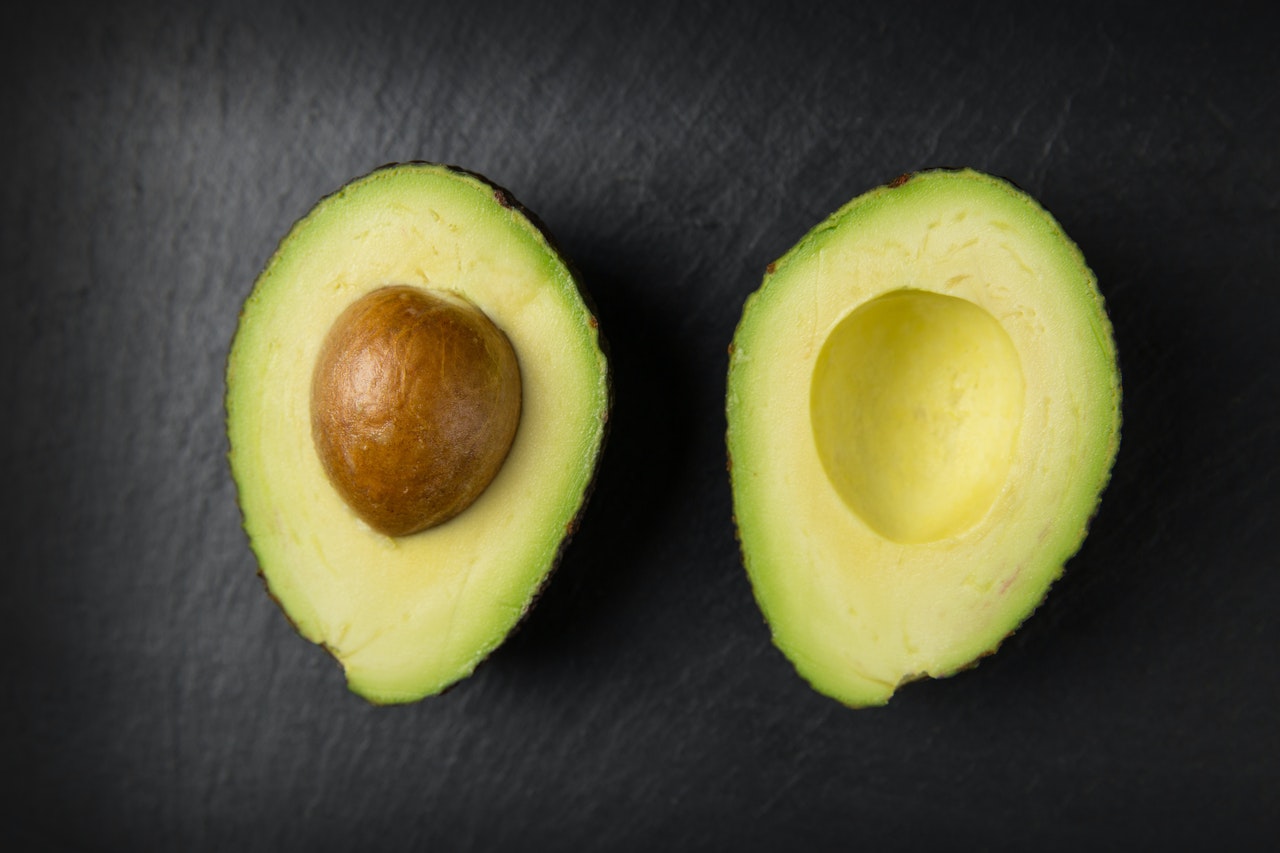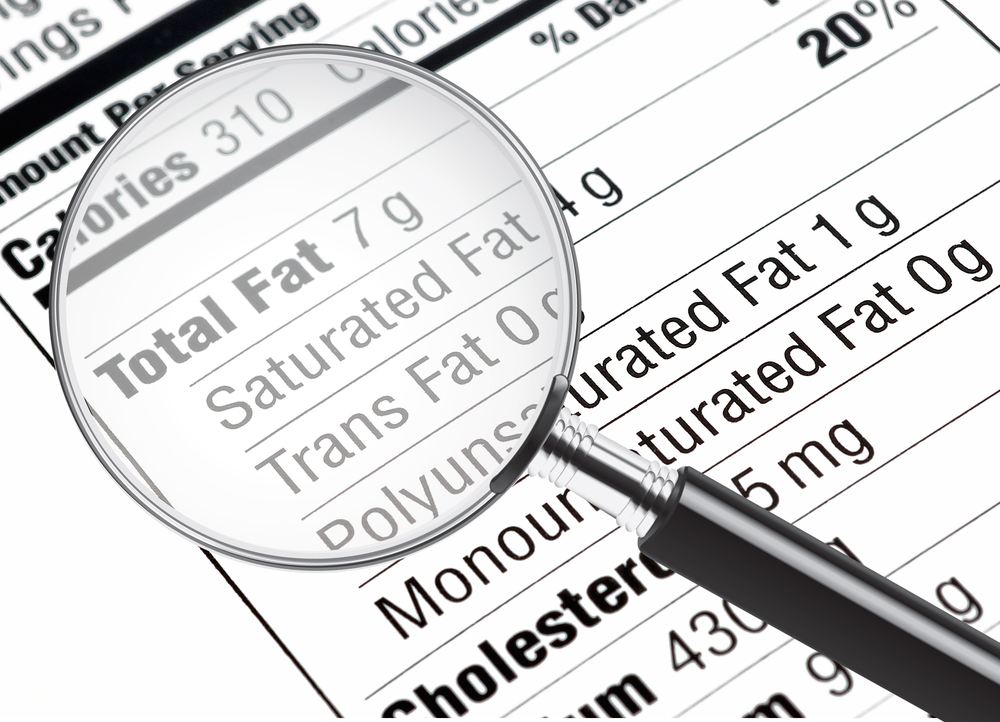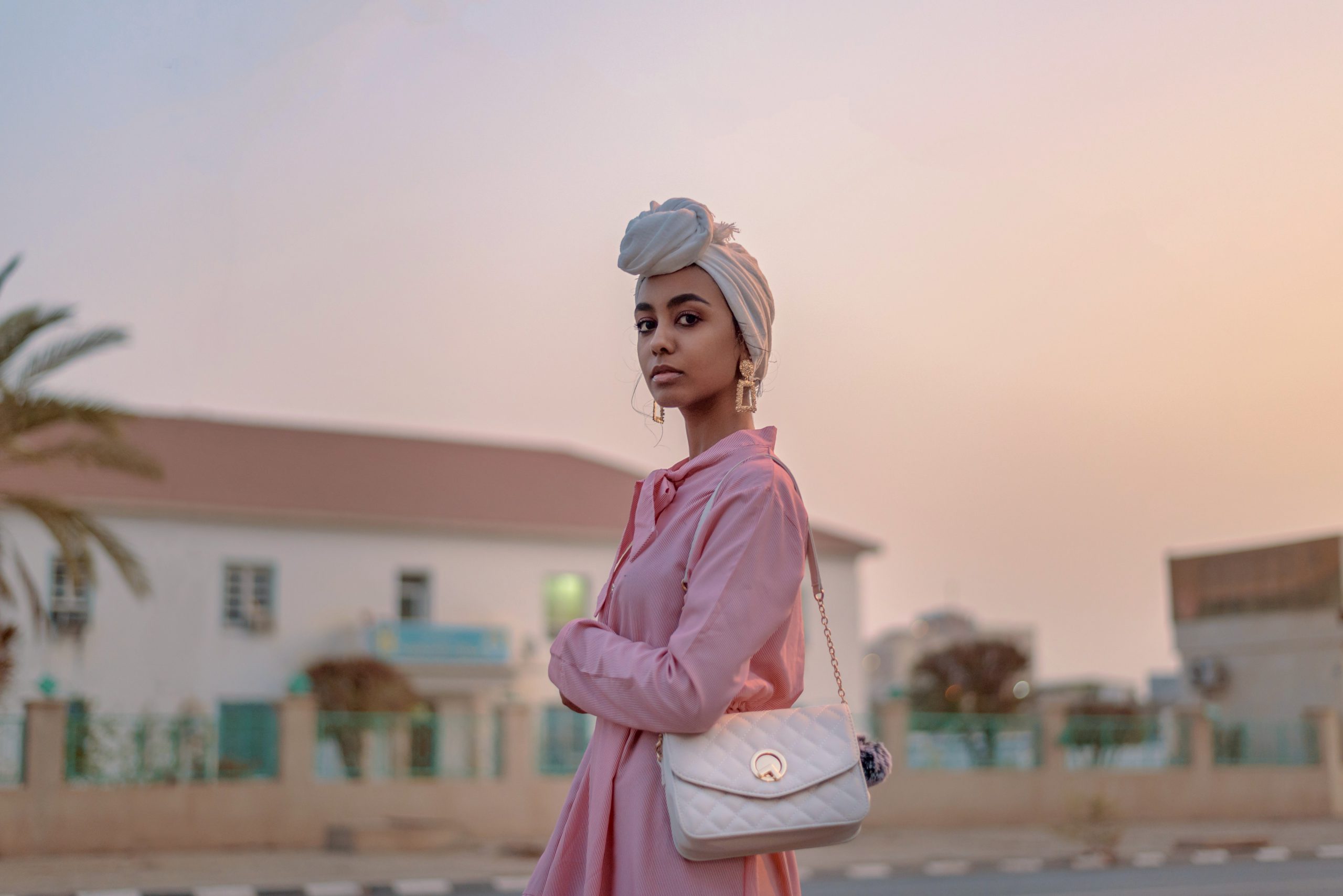Reading Time: < 1 minutes
- Chicken eggs come in several colours, but the most common colours are brown and white.
- For a long time, it was believed that white-feathered chickens laid white eggs and brown-feathered chickens laid brown eggs.
- While the colour of the feathers may play a role, a stronger indicator than the feathers is the colour of the earlobes.
- If the earlobe is white, the chicken’s eggs will likely be white, and if the earlobe is darker, eggs will likely be brown.
- But there are exceptions to this rule as well.
- Eventually, it boils down to the breed of the chicken, i.e., some breeds lay white eggs while others lay brown eggs.
- It takes 26 hours for a chicken egg to form, and all eggs are white to begin with.
- An egg’s journey starts as a yolk in the hen’s ovary.
- Then it moves to the oviduct tube, where it spends three hours developing egg white.
- After that, the egg enters the shell gland, where it spends 20 hours forming the shell — the last stage in shell formation is the addition of pigments (colouring of the egg).
- Now, some breeds are not genetically programmed to perform this last step, and the egg comes out without colouration.
- The white egg-laying chickens are said to produce more eggs on cheaper diets, unlike most brown egg-laying hens that require higher quality food and more of it.
- That is why white eggs are usually cheaper than brown eggs.
- However, with the right care and food, the white eggs could be as nutritious.
Also read:
How did chicken become the staple diet of the world?
Image courtesy of Klaus Nielsen through Pexels
Reference shelf :

